Author: Keri Lin
快速开挖7个关键点的简史
Rapid Excavation: It’s a term bandied about throughout our industry, but what does it mean? It’s considered by many to be the ultimate goal in TBM tunneling—machines that reliably complete projects on time (or early) with faster rates of excavation, regardless of conditions. However, speeding up a project schedule is not as straightforward as pushing a machine harder, working longer hours, or increasing your crew size. The issue is complex, and we’ve put together 7 key points to help you navigate it.
1. Consider the Entire Project Schedule
First of all, consider that increasing the excavation rate may not be the only way—and indeed may not be the best way—to speed up a project schedule. The generalized graphic below illustrates my point: TBM excavation often makes up around 25% or less of the total time to complete a public works tunnel. In fact this is a conservative value as by many estimations the total project time is often 15 years. Even if we were to increase the excavation rate by several times what TBMs are currently capable of, it wouldn’t significantly speed up project delivery.

Figure 1. Generalized process of delivering a public works tunnel. TBM excavation show in red.
Shortening the decision-making process or the design and consulting process is much more feasible than creating a “super-fast TBM” and would have a bigger impact on the project schedule as well.
2. Know the Facts about TBMs
TBMs are fast, and they’ve been fast for decades. In fact, 50% of all known TBM world records were set more than two decades ago. Much of the seeming lack of progress is illusory–it has to do with the fact that modern tunnels are being built in ever more difficult geology, while more stringent health and safety standards put necessary limits on the excavation process, among other things. Today’s TBMs are capable of boring in harder rock, in higher water pressures, in mixed ground conditions and a host of other environments that would have been impossible in the 1970s and 1980s. And they do it while performing well; indeed, at much higher rates than conventional excavation. The below chart is a good illustration of just how far TBMs have come in recent years.
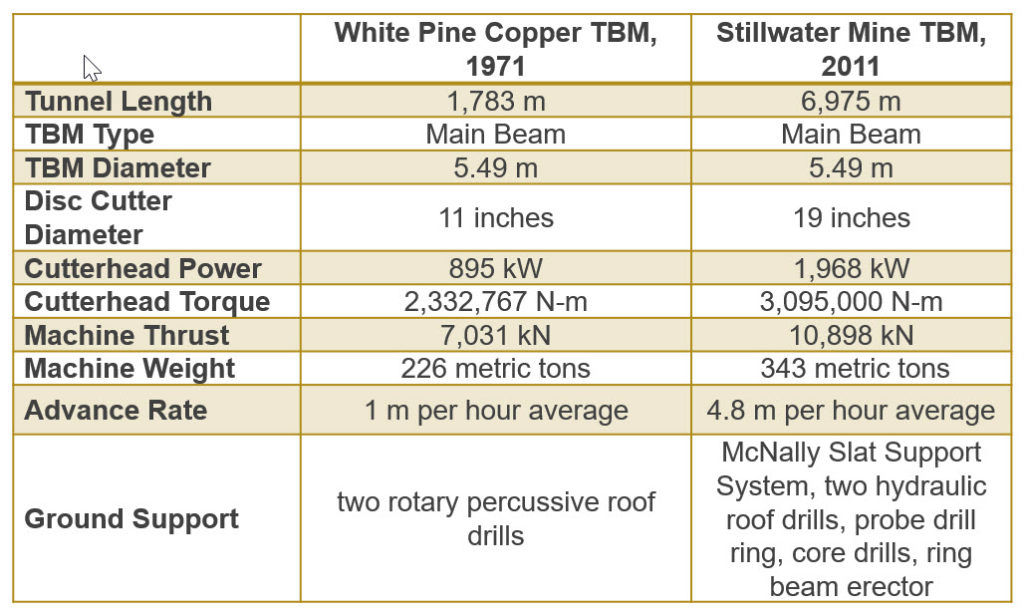
Figure 2. The long way that TBMs have come since the 1970s.
3. Know That Productivity Has Vastly Improved
There have been some recent articles looking at decreasing productivity in the construction industry overall, such as this article in The Economist. While the productivity of the overall construction industry is up for debate, productivity is not decreasing in the tunneling industry. Moreover, productivity is incredibly reliant on each project’s limitations and requirements. When considering productivity, think about logistics, geology, and data.
Based on decades of field data, we’ve found that a typical TBM heading is two to three times faster than a drill & blast heading. This effect is more pronounced the longer the tunnel drive, and more than makes up for the typically longer lead time to acquire and mobilize a TBM.
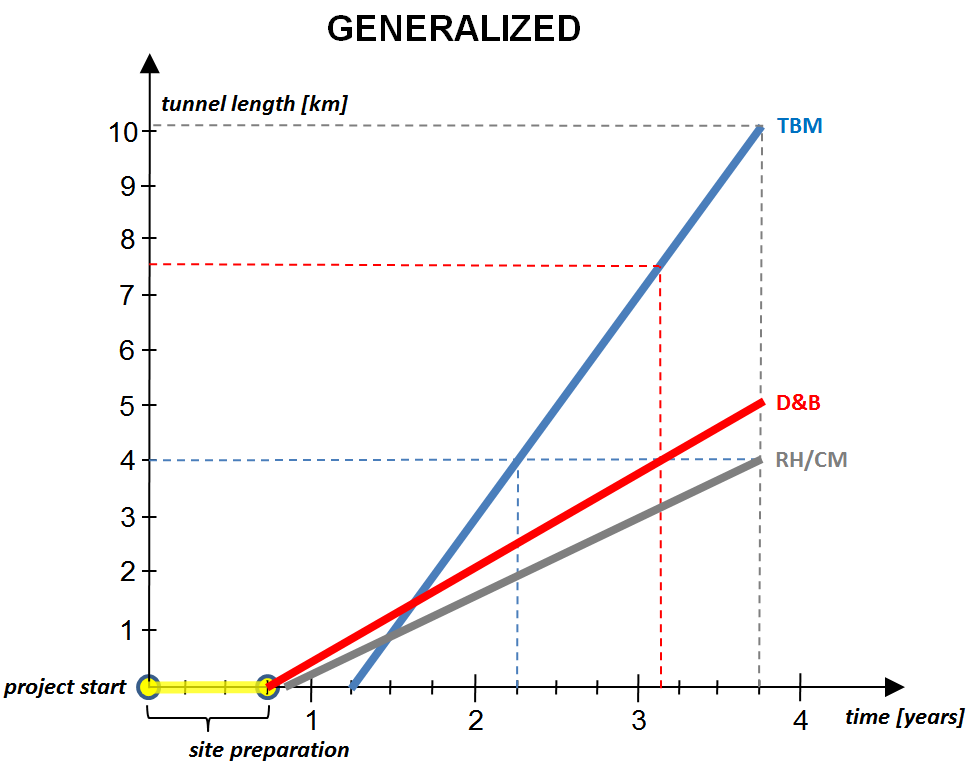
Figure 3. TBMs are two to three times faster on average than drill & blast and multiple times faster than a roadheader.
So it’s safe to say that TBMs are the way to go for more productive tunneling in all but the shortest tunnels. Logistics is the other key: scheduling of crew and materials, particularly in long tunnels, is so important. This is doubly so if using muck cars. For this reason, using continuous conveyors for muck removal is more efficient, as the removal process does not need to stop for personnel and material movements. In fact at least 75% of all TBM world records were set while using a continuous conveyor for muck removal.
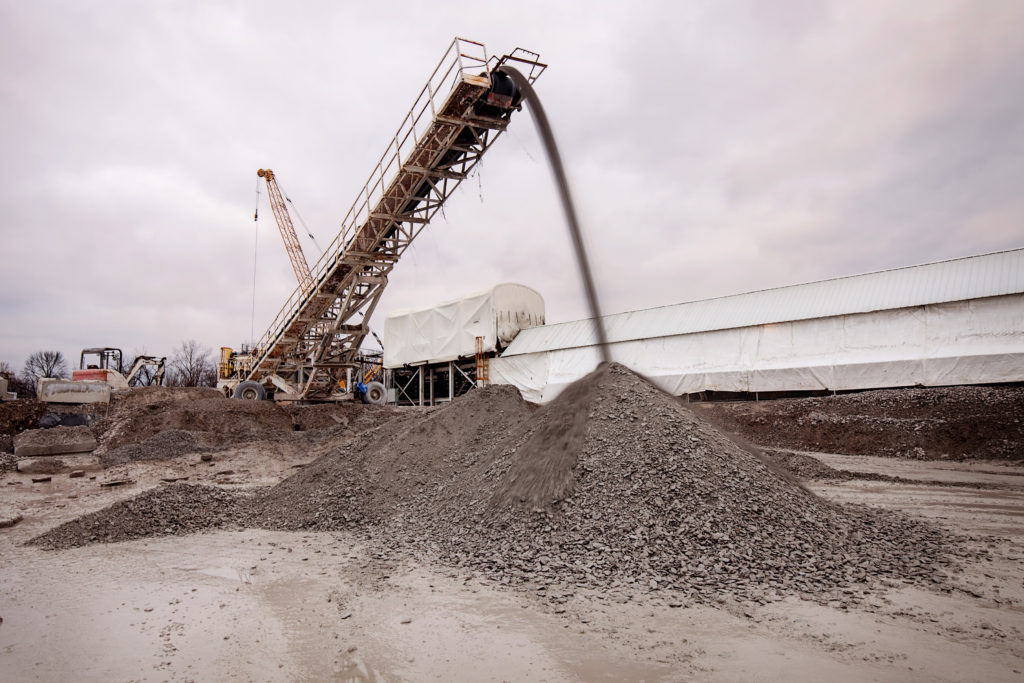
Figure 4. Today’s conveyors are capable of hauling 1,800 metric tons per hour or more.
Lastly, consider geology when planning the construction schedule. Even a customized machine with streamlined logistics will bore more slowly in fractured volcanic rock with significant fault zones than in competent sandstone. Setting the excavation schedule requires a close look at geology and the excavation rates of recent projects in those conditions.
4. Identify the Bottlenecks
The bottlenecks must be identified and alleviated if productivity is to be increased. Think about the operations that can be done simultaneous with boring that are now done separately:
- Applying a Concrete Lining: Continuous concrete lining can be done concurrent with boring in many cases. This type of lining eliminates the separate operation of lining a tunnel with segments. Waterproofing membrane can be applied with a membrane gantry if needed
- Increasing Automation: Processes such as cutter changes and segment erection can and are being fully automated on research projects in the industry. Full automation could significantly reduce downtime
- Eliminate re-grip time: When setting segments and thrusting off rings, elimination of re-grip time could be key to increasing advance rates. New innovations such as helical segments are promising to do this through a simple change in segment architecture

Figure 5. Continuous concrete lining applied behind a Main Beam TBM.
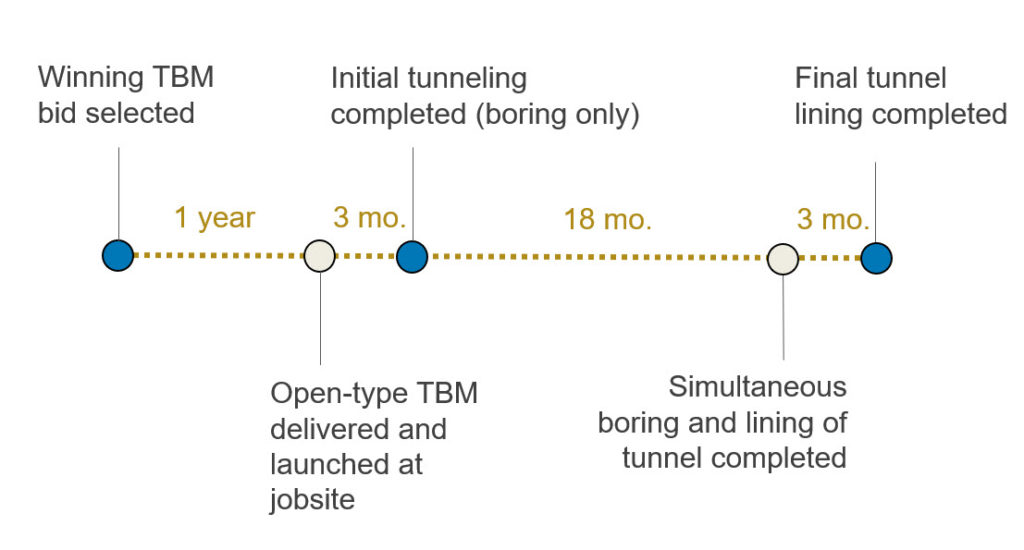
Figure 6. By boring and lining the tunnel simultaneously with a final, continuous concrete liner, a substantial amount of time—perhaps six months—could be shaved off of the excavation schedule (as compared to previous example that showed two years’ excavation time).
5. Understand the Limitations
There has been talk in our industry of making TBMs excavate up to ten times faster. While this is all well and good to aim for, in many cases it may not be realistic. For example, when boring in soft ground using EPB TBMs the penetration rate is limited by material flow and additive permeation. Boring at faster rates could cause heave in front of the TBM followed by subsidence at the surface.
So how could we bore faster in softer ground? It would require a change in the mechanism of excavation—no short order. It would require a better way of holding pressure than the screw conveyor can currently achieve. This is just one of many examples where physical limitations are the barrier to speed, not efficiency.
6. Think Outside the Circle
The possibilities for tunnel construction in the future are intriguing. Consider non-circular tunneling machines, of rectangular, square or other shapes. How much efficiency could be gained by creating a tunnel that requires no back-filling or invert segments to create a flat tunnel invert? Robbins has been exploring these types of machines for decades, with machines such as the Mobile Miner, seen here.
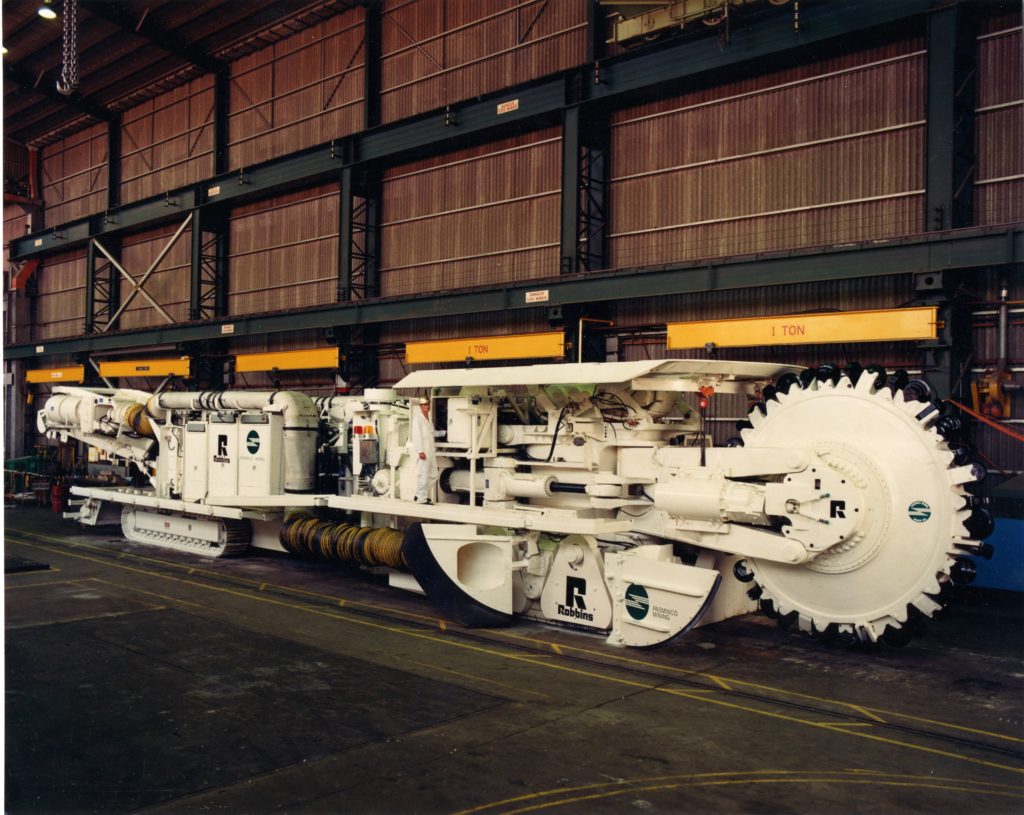
Figure 7. The Mobile Miner was developed in years past to bore non-circular tunnels.
7. Promote Industry R&D
Lastly, there are things all of us in the industry can do to advance technology towards faster and safer tunneling. R&D in our industry is necessarily incremental as technology must be tested for safety and efficacy. But the rate of advancements could be sped up with better funding and closer cooperation between owners, consultants, contractors and TBM suppliers.
亚克朗项目跨模式掘进机: 在困难的地质下掘进
观看直径9.26米罗宾斯跨模式掘进机,被称为“罗斯”,以纪念铆钉工罗斯,在俄亥俄州亚克朗运河拦截隧道(OCIT)攻克艰难的地质。
喜马拉雅水力发电博览会
Event Name: Himalayan Hydro Expo
Dates: January 18-20, 2019
Location: Kathmandu, Nepal
Venue: Bhrikutimandap
The Robbins Company is excited to announce that we will be exhibiting at the Himalayan Hydro Expo January 18 through 20 in Kathmandu, Nepal. Stop by our booth to discuss the Bheri Babai Diversion Multipurpose Project, one of Nepal’s 11 National Pride Projects, currently being bored by the country’s first tunnel boring machine.
2019国际隧道技术及设备展
活动: 国际隧道技术及设备展(STUVA Expo)
日期: 2019年11月26日至27日
地点: 德国,法兰克福
会场: 法兰克福展览中心
罗宾斯公司将参加于11月26日和27日在德国法兰克福举行的2019年国际隧道技术及设备展。我们诚挚邀请您来到D126号展台,与罗宾斯隧道专家一起聊聊当前的隧道项目。
2019国际建筑和公用设施设备博览会
活动: 国际建筑和公用设施设备博览会(ICUEE)
日期: 2019年10月 1号至3号
地点: 美国,路易斯维尔
会场: 肯塔基世博中心
罗宾斯公司期待10月1日至3日在伊利诺伊州肯塔基州举办国际建筑和公用设施设备博览会(ICUEE)您相会。我们邀请您来参观3065号展台,了解租用或购买罗宾斯小型掘进设备(SBU)如何在下一个掘进项目上为您节省时间和金钱。
2019快速开挖和隧道工程大会
活动: 快速开挖和隧道工程大会(RETC)
日期: 2019年6月16日至19日
地点: 美国,芝加哥
会场: 芝加哥凯悦酒店
罗宾斯公司将参加今年6月16日至19日在伊利诺伊州芝加哥举行的2019快速开挖和隧道工程大会(RETC)。我们邀请您前来观看罗宾斯隧道专业人员的案例分析,或到306号展台与我们谈谈,了解世界各地隧道工程使用的最新技术。
2019世界隧道大会
活动: 世界隧道大会(WTC)
日期: 2019年5月3日至9日
地点: 意大利,那不勒斯
会场: Mostra d’Oltremare
罗宾斯公司将参加在意大利那不勒斯举行的世界隧道大会(WTC)和世界隧道组织大会(ITA-AITES)。5月3日至9日,我们邀请您来参观68号展台,了解更多关于我们过去成功的项目和激动人心的当前项目。
技术分享
为印度斯莱曼巴德运河项目作业的挑战复合地层隧道掘进
分享者: Jim Clark, 罗宾斯
时间和日期: 5月8日, 12:20-12:40
分场: 长公里和高埋深隧道
地点: Palacongressi, Europa Room
项目分享
地点: Teatro Mediterraneo
极端涌水:管理硬岩隧道掘进中的高涌水
分享者 Brad Grothen, 罗宾斯 和Danny Kough, Kiewit
克服越南最长隧道的极端隧道条件
分享者 Sindre Log, 李弼越和 P.N. Madhan, 罗宾斯
不良地面条件下掘进机的抢救与翻修
分享者 Detlef Jordan, 罗宾斯 和 Barrie Willis, iPS
2019德国宝马展
Event Name: BAUMA
Dates: April 8-14, 2019
Location: Munich, Germany
Venue: Messe München
Meet us in Munich, where The Robbins Company will be exhibiting at BAUMA, the largest construction machinery trade show in the world. Join us at Hall C2, stand 403 between April 8 through 14 for presentations on current projects and cocktail hours, all being held within our booth.
Tuesday, April 9
5:30 pm – 6:30 pm CET
“Avoid Disasters in TBM Tunneling: Proven Strategies” presented by Robbins President Lok Home
Thursday, April 11
5:30 pm – 6:30 pm CET
“A Powerful Solution for Renewable Energy: Hydro Tunneling” presented by Cutters Product Manager Sindre Log
If you would like to join one or both of our events, email Sarah Brooks at brookss@robbinstbm.com to RSVP.
2019年美国国际非开挖技术展
Event Name: NASTT No-Dig
Dates: March 17-21, 2019
Location: Rosemont, Illinois, USA
Venue: Donald E. Stephens Convention Center
The Robbins Company will be attending NASTT’s No-Dig Show March 17 through 21. Be sure to visit booth 921 to learn more about Robbins Small Boring Units (SBUs)—the most cost effective and time efficient way to bore through hard rock.
Event Name:
Dates:
Location:
Venue:

 Close
Close  Menu
Menu 